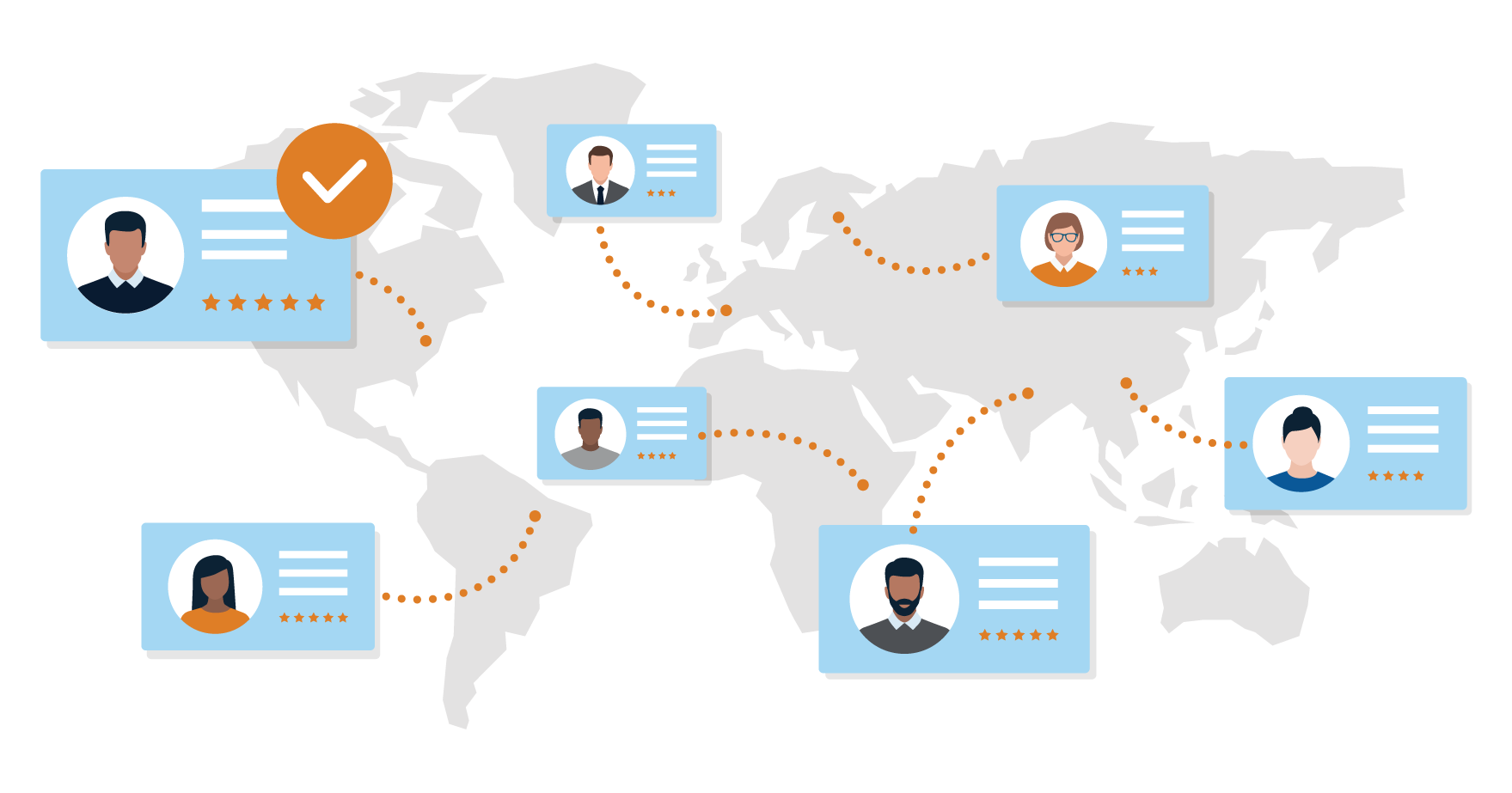The Flexible Workforce: A Checklist for the Next Normal
The world is adjusting to the pandemic. Companies are turning the corner on uncertainty and looking to the future. Some see a world where everything has changed. They are looking at what they call a new normal. But it’s not a new normal. This is the next normal.
While the fundamentals of talent and business have not changed, the old playbook won’t work for a next-normal economy. Can you see what’s ahead for your flexible workforce? How are you adjusting to the next talent marketplace, evolving demands for certain skills, changing regulations, and compliance risks?
To help you drive your contingent workforce approach forward as we move through and beyond the pandemic, we compiled a quick checklist of three main priorities to get your flexible talent strategy conversations going.

Priority 1. Optimize Flexible Talent Costs
As non-employee talent became a larger part of the workforce before the pandemic, companies of all sizes began to rethink how they were directing spend on those workers and the agencies that supply them.
Following the COVID-19 disruption, understanding how money is being spent on contingent workers, and where best to spend it in the future, will be a core priority for most organizations.
Take Action:
- Understand Local Market Conditions: Wages may decline in certain areas, but don’t count on lower wages across the board. The best bet is to research market data, a resource that should be provided by a talent solutions partner, to help gauge the rates needed to secure contingent workers based on particular skills and locations.
- Achieve Consistency in Spend: Traditionally, each hiring manager often leveraged different talent suppliers for their contingent workforce needs. A Managed Service Provider (MSP) partnership replaces that siloed approach with a solution that manages the contingent workforce through a single program. This strategy eliminates fluctuations in bill rates from one supplier to the next, lowering the total cost of talent and creating consistency in spend across the enterprise.
- Balance Talent Cost, Quality, and Availability: The strategy for accessing contingent talent should look beyond the lowest-possible rates and instead pinpoint the right rate for the needed skill level being sought. A talent solutions partner empowers suppliers to put their best foot forward in balancing recruiting costs to deliver quality talent, in a timely manner, at a competitive rate.

Priority 2. Raise Visibility into the Contingent Workforce
Before the pandemic, contractors, contingent workers, and freelancers already represented a significant portion of the workforce. Companies knew they had to do a better job of seeing where these flexible workers were being engaged across the organization.
Emerging from the disruption, companies will increasingly rely on flexible talent rather than committing to hiring traditional, permanent employees. That means managing your strategy for contingent workers at an enterprise level is more important than ever.
Take Action:
- See into the Total Talent Supply: Work in the next normal relies on all talent types — contractors, employees, freelancers, and the suppliers that provide them. Total talent platforms such as QuantumWork provide a single source of access to all workers, identifying the right resource for the work to be done, regardless of workstyle.
- Bring Services into the Fold: Likewise, the technology and expertise of a talent solutions partner can also shed light on workers engaged through Statements of Work (SOW). This approach can have a strong positive influence on compliance, cost control, and quality of results from services being engaged by the enterprise.
- Track Performance Across the Contingent Supply Chain: Take the guesswork out of where, when, and how to engage the best resource for a job. Technology, such as AGS’ ACUMEN platform, enables smart decisions about how to steer your workforce strategy.
- Provide Transparency for Flexible Workers: Give contractors access to their assignment information, contacts, start- and end-dates, and available opportunities in one place. An online talent community can do all these things. The result is an engaged workforce and faster deployment of talent to new assignments.

Priority 3. Take a Proactive Stance on Regulatory Compliance
Worker classification, data privacy, and a rapidly changing landscape of regulations drew concern from workforce decision-makers long before the pandemic. A full 59 percent of decision-makers say changing regulations over the past three years have made it more difficult to secure flexible talent such as contingent workers, contractors, and freelancers, and 34 percent have had to add staff on compliance teams.
The pandemic added a layer of complexity to the regulatory environment as evolving rules and policies influence how organizations reduce their workforce and bring them back safely. The rules change quickly, often varying between locations.
Take Action:
- Stay in Front of New Regulations and Developments: Every day, new regulations go into effect that can influence your relationship with contingent workers. Workplace requirements on physical distancing, along with long-standing topics of background checking, bias and discrimination, and immigration, to name a few — all require continuous monitoring. A great talent partner has the resources to provide vital additional eyes and ears on the compliance landscape.
- Manage Worker Classification: Most organizations do not know how many total people work for them, including contractors, contingent workers, freelancers, consultants, and employees of services providers. The right partner, utilizing advanced analysis practices, expertise, and technology, can audit all resources in a fraction of the time needed for internal manual review. This capability is important for avoiding fines and tax implications by laws such as IR35 in the UK, as well as changing regulations in the US.
- Embrace Privacy and Data Protection Practices: Laws such as the General Data Protection Regulation (GDPR) in Europe and the California Consumer Privacy Act in the US represent a push by regulators to hold those in possession of personal data accountable for their use. Identify internal and external resources to continuously review privacy practices, and adjust to new developments and regulations as they arise.
Position Your Workforce for the Next Normal
Through Unified MSP, companies can apply the strategy, technology, and expertise to stay in front of the rapid changes taking place in the workforce today.
-min.png)



